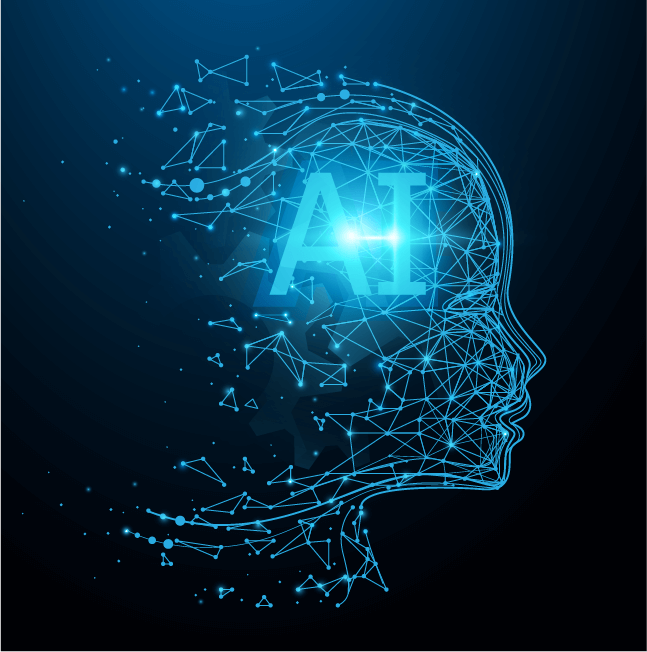AI IN SERVICE AUTOMATION IS A KEY DIFFERENTIATOR
-
-
Improve consistency of service
-
Accelerate the service process
-
Reduce the likelihood of errors
-
Increase security with customer information
-
Improve the employee experience by freeing employees to focus on more complex tasks
-
4 COMMON USE CASES
AI is currently being used for service automation in these ways:
-
-
Augmented messaging. The first contact is with a chatbot that can respond to simple, common customer inquiries via website messaging tools. The bot gathers information it uses to respond by seeing where the customer clicked on the screen, analyzing their historic contact with the company, and by inquiries to the customer. For more complex questions, the bot can pass that information to a subject matter expert (SME). Customers get the information they seek more quickly, and the company can handle more inquiries simultaneously with less staff.
-
Organized email queues. In the first contact, the customer emails a query or issue, and AI technology analyzes the text and routes the customer to the correct SME. Customer service improves as the response time goes down significantly, and so do the costs to the organization. The $10 it takes the company to respond to a phone call drops to $.15 per email.
-
Voice recognition calls. When customers phone in, they interact with a chatbot who walks them through a decision tree in order to provide the information the customer seeks. If the customer’s question is not answered, or the bot senses frustration due to an increase in voice volume or change in tone, the bot routes the customer to a live agent.
-
Contact center efficiency. The most widely implemented use case is with contact centers where with AI, a live agent can manage six or seven chat requests at the same time. The organization is able to handle the same amount of work with less staff, and customers get faster resolution.
-
- Create an AI customer journey map
- Identify AI use cases along the customer journey; the best pain points or opportunities to focus on
- Identify AI technology that aligns with the use cases
- Implement the technology
- Maintain the technology

